A living museum's life support
By Xing Yi ( China Daily ) Updated: 2013-11-10 07:55:57
 |
|
A sand table is displayed at Shijia Hutong Museum, which showcases an overall view of Beijing's hutong and courtyards. Photos by Zhang Yu / Xinhua |
She hopes to do whatever she can to support the museum.
"It think its opening is meaningful," she says. "It shows people have started to realize hutong culture's value."
Suo hopes the museum doesn't overemphasize local bigwigs.
"Many famous figures lived in Shijia. But so did many ordinary people," she says. "They created culture together. Diversity is hutong culture's essence. So, the museum should display regular people's relics, too."
Some of Shijia's stories - legacies of both regular residents and celebrities - have been lost.
Even its namesake's origin is debated. Many contend it hails from the prominent Ming Dynasty (1368-1644) Shi family. Others believe it derives from Ming chancellor Shi Kefa.
The re-incarnation of the hutong accords with its past life as an education center.
In 1908, the US Congress passed an act creating a scholarship program for Chinese students to study in the United States. A bilateral agreement created Tsinghua College, and 100 students were sent Stateside annually.
In 1909, the imperial Ministry of Foreign Affairs opened an administrative office in Shijia to manage these overseas students. Three exams to select the students - noted scholar Hu Shi among them - were held between 1909 and 1911.
Yet this is but a single page in Shijia's sometimes-turbulent chronicle, as the museum reveals.
Ming historian Zhang Jue's Capital City Hutong Collection reveals Beijing's inner city contained more than 900 hutong during the reign of Emperor Jiajing (1507-1566).
When the ethnically Manchurian Qing Dynasty named the city its capital, it didn't alter much of the physical layout but reconceived administrative jurisdictions.
It carved the city center into military-defense divisions called the Eight Banners.
Shijia Hutong came under the Bordered White Banner' management.
This meant the 1901 signing of the Boxer Protocol put some of Shijia's courtyards under Danish and church rule, since the greater Dongjiaominxiang area containing the hutong was designated as a foreign legation quarter.
Demographics and architecture changed again as Beijing experienced a population flood from 1919 to '49 that generated a construction boom. Influential officials gravitated toward the Dongcheng district that contains Shijia. But Shijia's essential layout survived the redevelopment, which particularly focused on roads.
The greatest threat to Shijia's essential ancient integrity has come with the post-1949 modernization and population explosion.
Many ancient courtyards were gutted and replaced with multistory structures. Streets and hutong were reconfigured into new communities.
Shijia today contains 15 multistory buildings and 82 bungalows and courtyards.
The reconstructions came before the Protection of Beijing Traditional Hutong-Siheyuan Architecture was included in the General Plan of Beijing City (2004-2020). The policy's crux is the effective preservation of the original layout and style of hutong.
Courtyards are among the primary considerations for architectural conservation in the country's urban planning since they remain an important cultural vehicle.
They're still evolving and - with well-conceived planning - can continue to develop for generations.
Beijing's downtown hutong were mostly constructed in the 13th century, when the Yuan Dynasty (1271-1368) made it the imperial capital.
Around that period, Italian explorer Marco Polo wrote: "The city's layout is so well-structured that other cities' pale in comparison."
Shu Yi, former curator of the National Museum of Modern Chinese Literature and son of legendary Chinese author Lao She, advocates the perpetuation of Beijing's ancient edifices.
"The city would lose its charm as an ancient capital if there are only modern buildings," he says.
"So, it's fortunate we're preserving some precious heritage, such as hutong and siheyuan, however we develop."
Xinhua and Erik Nilsson contributed to this story.
|
|
|
|
|
|
|
|

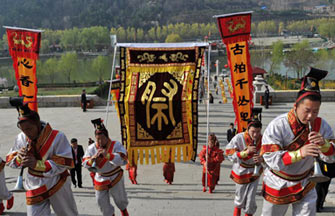
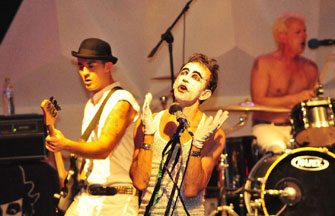
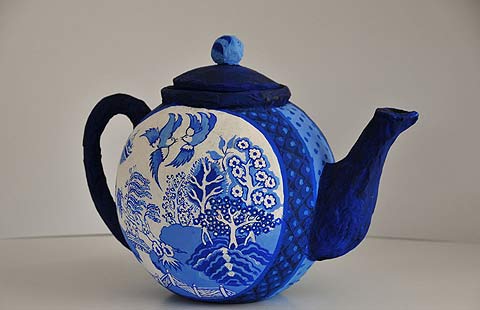



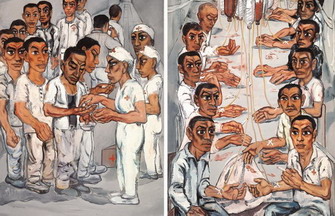
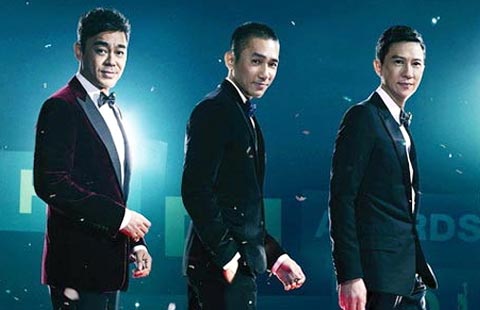

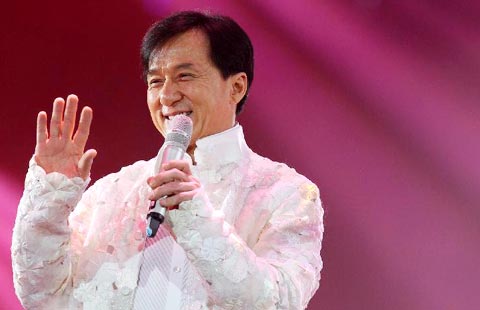






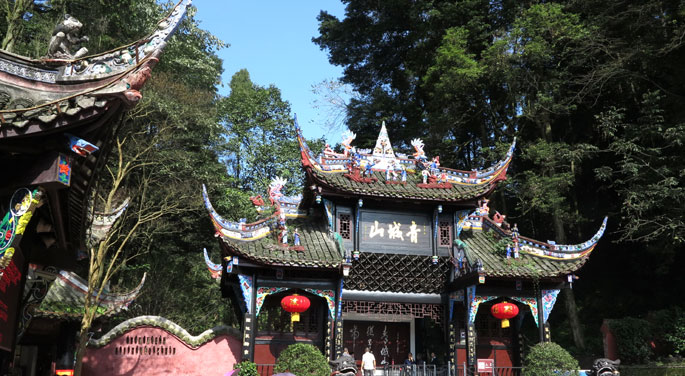




 Raymond Zhou:
Raymond Zhou: Pauline D Loh:
Pauline D Loh: Hot Pot
Hot Pot Eco China
Eco China China Dream
China Dream China Face
China Face





